10 Facts About Space: 1999's The Bringers of Wonder
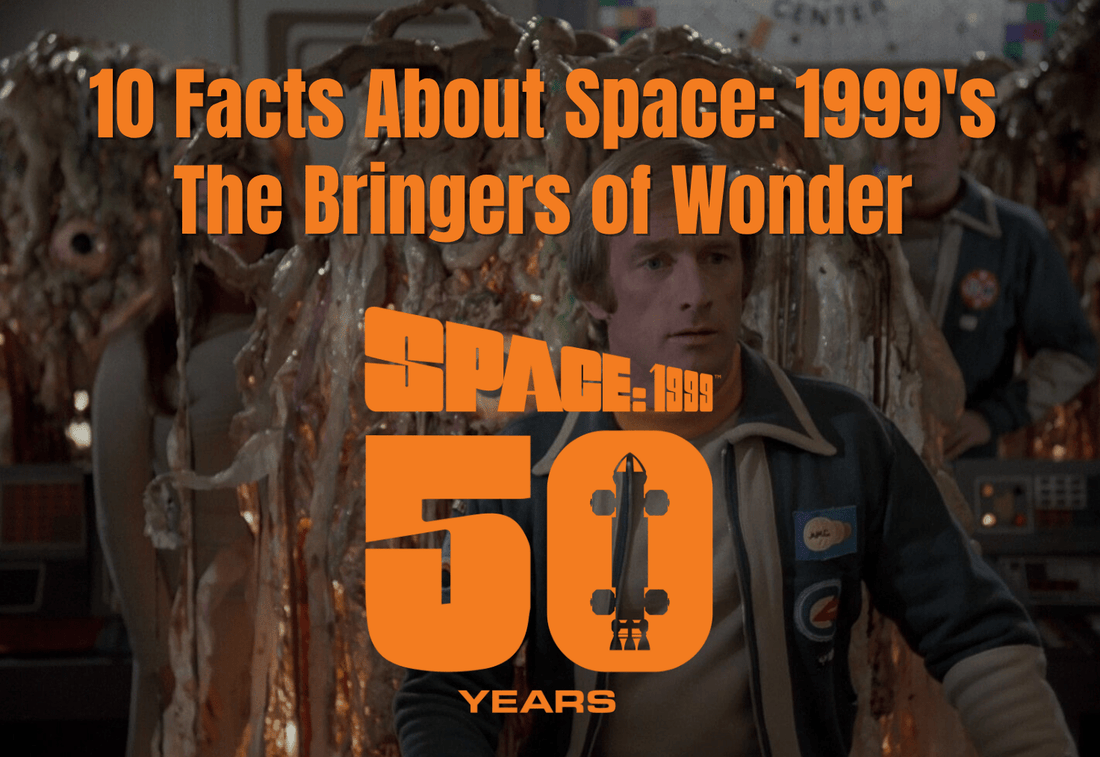
Attention all sections Alpha: we're on a collision course with a fantastic event - Space: 1999's 50th anniversary!
We recently asked you to pick your favourite episodes of Gerry and Sylvia Anderson's classic sci-fi TV series. We've collated your answers and are kickstarting the series' 50th celebrations by bringing you deep-dive listicles on your chosen episodes!
Our latest entry brings plenty of unprecedented wonder for the men and women of Moonbase Alpha with Space: 1999's only two-part adventure. The Bringers of Wonder is one of the better regarded stories of Year 2 and appears to finally offer a happy resolution for the Alphans' struggling existence. The arrival of friends and family of the Alphans from Earth aboard an experimental spacecraft is cause for celebration, but why does Commander Koenig only see horrible creatures that have come to wreak havoc? Surely the other Alphans can't be wrong - can they?
Let's examine 10 fascinating facts about The Bringers of Wonder!
10. From script to screen

Despite many connective story threads existing across various episodes, The Bringers of Wonder is Space: 1999's only two-part adventure. The episodes were written by Terence Feeley, who'd previously written New Adam, New Eve and before that, had written a pair of UFO episodes - The Man Who Came Back and Timelash. On the strength of Feeley's original outline, entitled The Blobs, it was commissioned into a two-parter.
However, Feely was dismayed to find that producer Fred Freiberger ended up making several substantial changes to his script, including shifting the timing of the revelation that the party from Earth are in fact grotesque alien invaders. The revelation would have originally been made during the cliffhanger ending to part 1, strengthening the idea that Koenig had indeed suffered a mental breakdown following his Eagle crash-landing at the start of the episode.
9. A novel approach to continuity
The backstory of the infamous jelly-like alien menaces seen in The Bringers of Wonder would be expanded upon in a variety of intriguing ways throughout Space: 1999's extensive spin-off media. During the episode's climactic events, it's revealed that the grotesque jellitous aliens are seeking a source of explosive radiation for them to absorb in order to sustain their dying existence.
Michael Butterworth's 1977 adaptation of the two-parter within his tie-in novel, The Psychomorphs, hardwires the events of The Bringers of Wonder with the proceeding The Lambda Factor. Similarly, John Kenneth Muir would provide an alternative genesis for the blobs in his 2002 novel, The Forsaken, explaining that their attempts to devastate Alpha were a consequence of the events of the Year 1 episode Space Brain. The titular brain provided enough radiation for the jellies to live comfortably, but the death of that macrocosm entity as it passed through Alpha prompted the jellies to seek out a new source of radiation.
8. Cardboard cut-outs

While the aliens arrive on Moonbase Alpha in vast numbers, only three latex costumes of these large and revoltingly detailed creatures were produced, with only three of the alien characters interacting onscreen at any one time. A variety of life-sized cardboard cut-outs of the alien creatures were produced to bulk out the necessary group shots. These were placed at the back of the set to avoid any obvious realisation that these weren't quite the real thing, but are rather more apparent with HD viewing!
7. Stuart Damon
Stuart Damon's portrayal as the alien jellies' perceived image of Tony Verdeschi's brother, Guido, was one of several characters of Damon's across a variety of other ITC action/adventure series of the 1960s and 1970s. Damon had played a leading role in The Champions and enjoyed guest spots in Man in a Suitcase, Department S, The Saint (alongside Roger Moore), and The Adventurer with Gene Barry and future Space: 1999 alumni, Catherine Schell. He also appears in the UFO episode Mindbender.
6. A large number of guest actors

The nature of The Bringers of Wonder's premise means that it boasts a particularly large number of guest actors to appear in Space: 1999. Alongside Damon, Tony Robins, Patrick Westwood, Cher Cameron, Nicholas Young, Robert Sheedy, Al Lampert, and Billy J. Mitchell portray the alien invaders, while the alien leader itself is voiced by David Jackson. Jeremy Young and Drewe Henley portray the two nuclear technicians who, along with Alan Carter, are vital to the Jellies' plan to detonate Moonbase Alpha's radioactive stockpile.
5. Character backstories
Although the returning humans aren't genuine, the Alphans' perception of these familiar faces brings some intriguing nuggets of character backstories to life. It's revealed that Dr. Shaw was Helena's mentor at medical school and that Diana Morris was an old flame of John's back on Earth - and a source of romantic friction between him and Helena.
4. Continuity breakage

One particular passenger aboard the Superswift has rather far-reaching implications for the supposed authenticity of The Bringers of Wonder's canonicity within Space: 1999. One of the human disguises utilised by the aliens is that of Peter Rockwell - Sandra Benes' fiancé back on Earth. Was Paul Morrow not aware of this romantic union? Now that he had vanished from Alpha's command without a trace, perhaps Sandra felt more comfortable acknowledging her romantic life back on Earth!
3. Exterior filming
The scenes of Alan Carter and nuclear technician Joe Ehrlich enjoying their supposed renewed life back on Earth, another form of deception from the blobs, were filmed in the reliably expansive backlot of Pinewood Studios, where other episodes had their exterior scenes filmed. Alan filmed his scenes with model Janie Love around the grounds of the Victorian mansion Heatherden Hall.
2. A swift model

The spacecraft that brings the landing party to Moonbase Alpha is one of the Jellies' most cunning aspects of their plan. The aliens' disguise their invasion by cloaking their spaceship in the form of a Superswift, a theoretical Earth-made spacecraft known to the Alphans that was hoped could be capable of interstellar travel. The Superswift model itself was designed and built by Martin Bower, one of numerous space vehicles that he created over the course of Space: 1999's two series.
1. Alphan Destinations
The Bringers of Wonder's two-part nature made it the most sensible choice to be transformed into the 1978 compilation film Destination: Moonbase Alpha. Released to latch onto the runaway success of Star Wars, its own success spawned further compilation films, eventually giving birth to the Super Space Theater range. Unlike other drastic edits performed, The Bringers of Wonder gets away mostly free, but with enough minor changes to warrant a drastically separate feel.
This edited version now comes with a Star Wars-esque expositional opening text crawl on screen explaining the Alphans' plight on their cosmic odyssey. Helena's recap of the events of part 1 are removed, as is the closing epilogue between Koenig, Russell, Tony and Maya. Shaving off this comical send-off and having Koenig's line of 'It's better to live as your own man, than as a fool, in someone else's dream," really goes the extra mile in enabling Destination: Moonbase Alpha to end on a downbeat and reflective tone that captures far more of a Year 1 vibe than the series it came from.
Have your commlocks on standby to receive the next transmission of our next Space: 1999 episode deep dive listicle. Be sure to also keep your eyes peeled for further announcements of our upcoming releases in celebration of Space: 1999's 50th anniversary.

Sign up to the Anderson Entertainment newsletter to receive all the latest Gerry Anderson news, exclusive releases and more transmitted direct to your inbox!
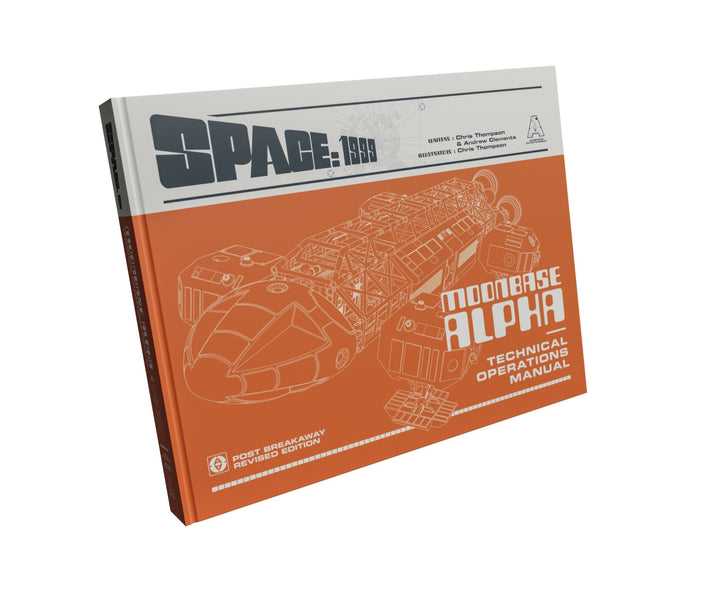
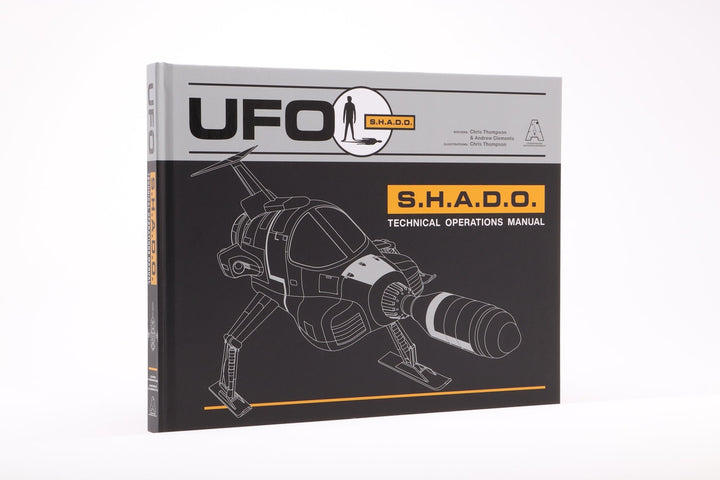
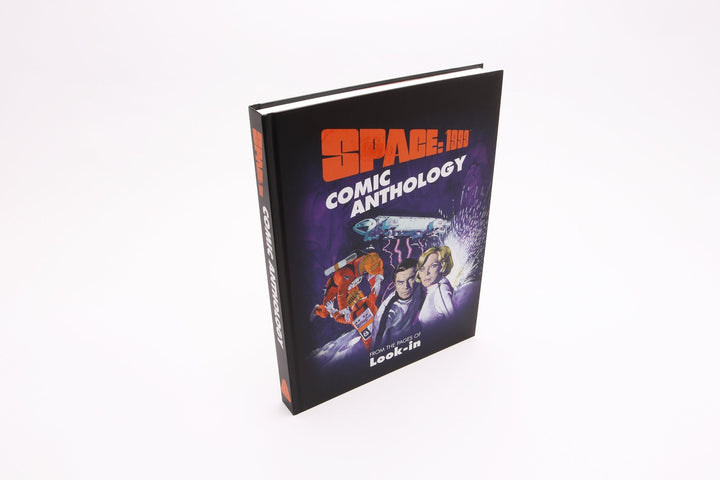
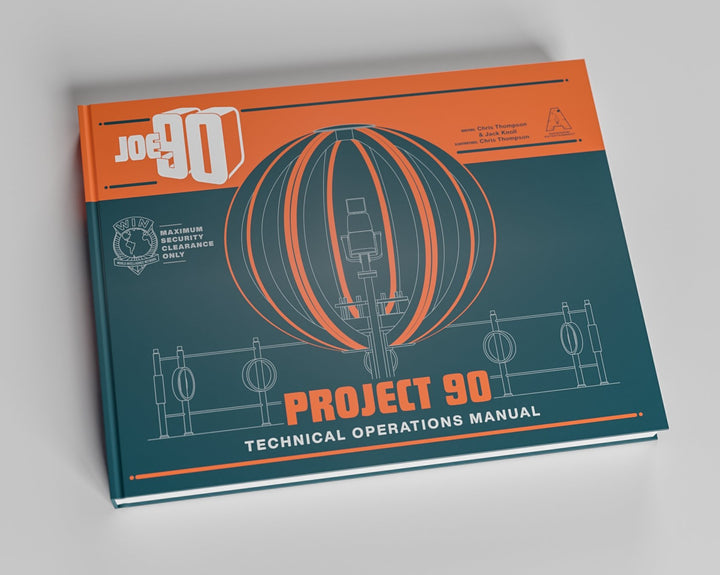
![Thunderbirds Comic Anthology Volume One [HARDCOVER] - The Gerry Anderson Store](http://gerryanderson.com/cdn/shop/files/thunderbirds-comic-anthology-volume-one-hardcover-8030771.jpg?v=1751089031&width=720)
![All Sections Alpha: The Making of Space: 1999 [HARDCOVER] - The Gerry Anderson Store](http://gerryanderson.com/cdn/shop/files/all-sections-alpha-the-making-of-space-1999-hardcover-7498116.png?v=1757766647&width=720)

![Stingray Comic Anthology Volume Two – Battle Lines [HARDCOVER] - The Gerry Anderson Store](http://gerryanderson.com/cdn/shop/files/stingray-comic-anthology-volume-two-battle-lines-hardcover-107681.jpg?v=1738856151&width=720)
![Stingray W.A.S.P. Technical Operations Manual Standard Edition [HARDCOVER] - The Gerry Anderson Store](http://gerryanderson.com/cdn/shop/files/stingray-wasp-technical-operations-manual-standard-edition-hardcover-112278.jpg?v=1749664163&width=720)
![Stingray WASP Technical Operations Manual Special Limited Edition [HARDCOVER BOOK] - The Gerry Anderson Store](http://gerryanderson.com/cdn/shop/files/stingray-wasp-technical-operations-manual-special-limited-edition-hardcover-book-991914.jpg?v=1749657538&width=720)
![Stingray: The Titanican Stratagem – Signed Limited Edition [HARDCOVER NOVEL] - The Gerry Anderson Store](http://gerryanderson.com/cdn/shop/files/stingray-the-titanican-stratagem-signed-limited-edition-hardcover-novel-129251.jpg?v=1740558711&width=720)




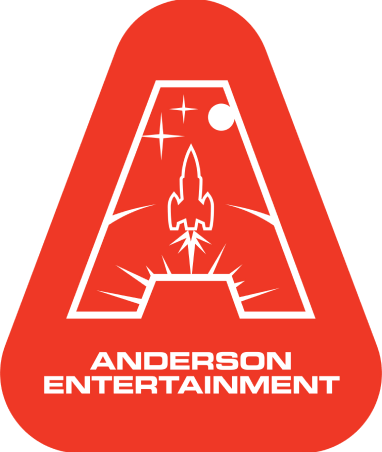



1 comment
Is this 9th on Top 10 list?